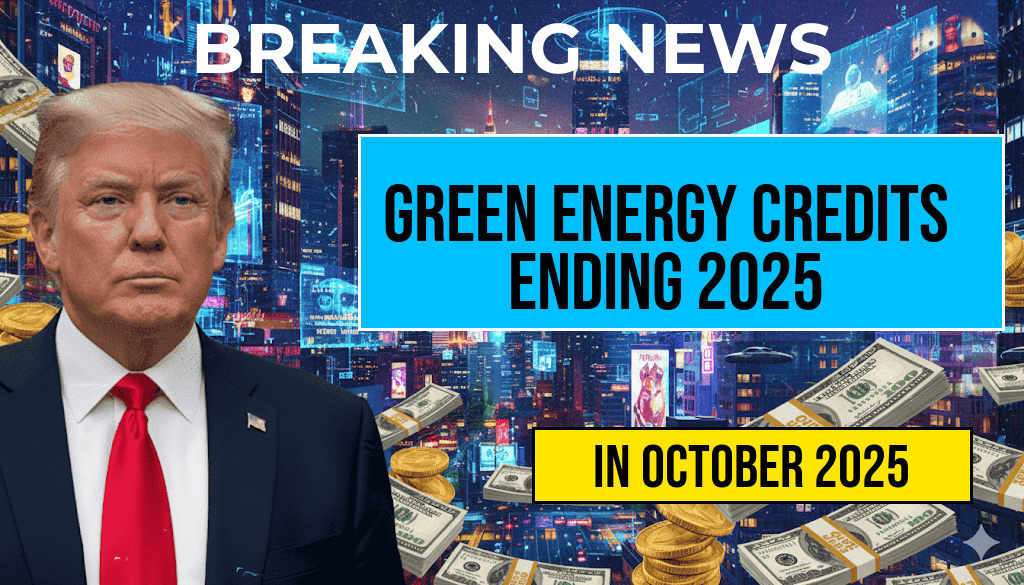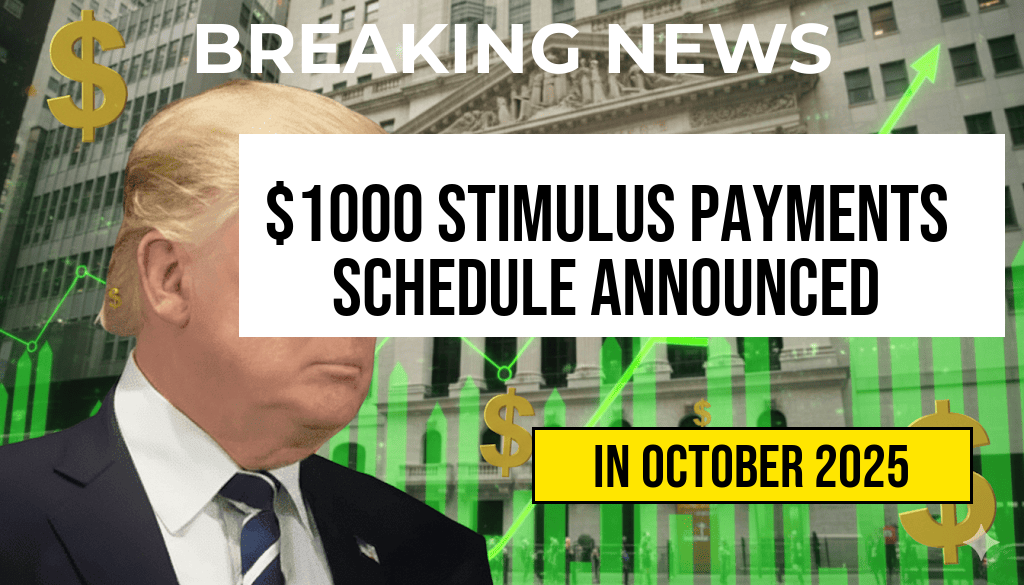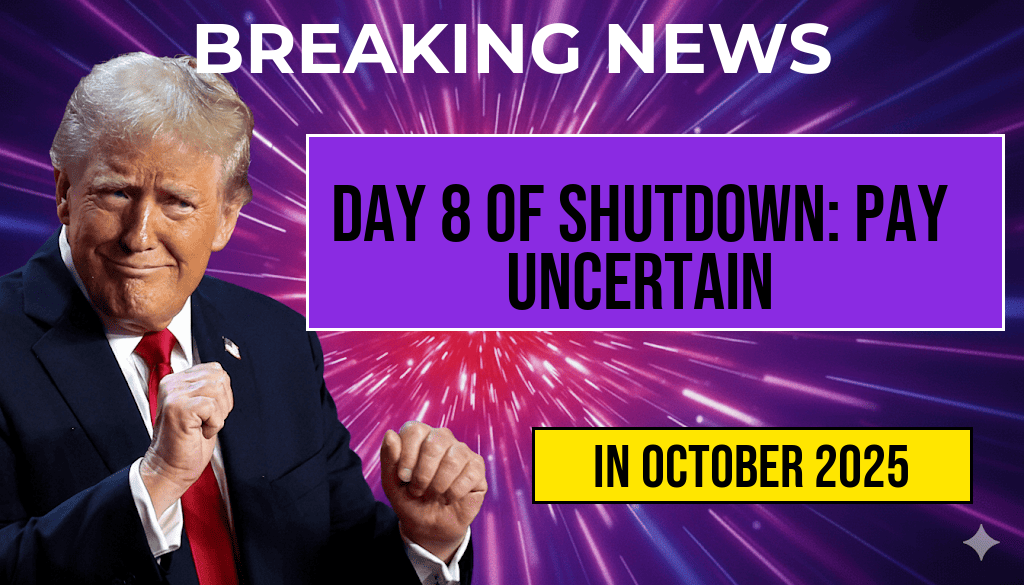Homeowners who have invested in solar panels, wind turbines, or other renewable energy systems should prepare for significant changes in federal tax incentives as key credits are set to expire in 2025. The current suite of green energy credits, which have historically reduced upfront costs and increased adoption of renewable technology, will no longer be available to new purchasers after December 31, 2025. This impending end prompts many to evaluate how these tax benefits have impacted their financial planning and whether to accelerate upgrades or installations before the deadline. Policymakers and industry experts are closely monitoring these shifts, as they could influence the pace of renewable energy adoption nationwide. Homeowners considering future investments in clean energy need to understand the specifics of these credits, how they might change, and what options remain for maximizing benefits before the expiration date.
Understanding the Current Federal Incentives for Home Renewable Energy Projects
The federal government has historically offered several tax incentives to promote residential renewable energy systems. Among the most prominent is the Investment Tax Credit (ITC), which allows homeowners to deduct a significant percentage of installation costs from their federal taxes. For systems installed through 2023, the ITC provides a 26% deduction, decreasing to 22% in 2024, and then set to expire for most residential projects after 2025 unless extended by legislation. Additionally, some states and localities supplement federal incentives with their own rebates and credits, further reducing overall costs.
These incentives have played a pivotal role in making renewable energy systems more affordable. According to the Wikipedia entry on the Investment Tax Credit, the ITC has been credited with accelerating solar adoption in the U.S., leading to substantial growth in installed capacity over the past decade.
The Expiration of Credits and Its Implications
Starting in 2026, the federal tax credits that currently subsidize residential renewable energy projects are expected to end unless renewed by Congress. This discontinuation primarily impacts the residential ITC, which has been a cornerstone of solar adoption. Without these incentives, the financial calculus for homeowners considering renewable installations shifts, potentially reducing the appeal of such investments.
While the credits are set to expire, some provisions could be extended or modified. Industry advocates are lobbying policymakers to maintain or extend these incentives, citing their role in emissions reduction and energy independence. Conversely, critics argue that the incentives have outlived their necessity or strain federal budgets.
What Homeowners Need to Know Before 2025
Timing Is Critical for New Installations
- Install before December 31, 2025: To benefit from the current 26% ITC rate, homeowners should plan their renewable energy projects to be completed within this timeframe. Delays could result in substantially higher costs or loss of incentives.
- Assess project readiness: Homeowners should evaluate whether their property is suitable for solar or wind installations and consult with licensed contractors to determine project timelines.
Financial Planning Considerations
- Estimate potential savings: Using online calculators or consulting with energy professionals can help quantify how much a project might save under current incentives versus post-2025 scenarios.
- Explore other incentives: State and local programs may offer additional rebates or credits, which could offset some costs even after federal incentives end.
Long-Term Investment Outlook
While the expiration of federal credits may slow immediate adoption, many experts believe the declining costs of renewable technology and rising electricity prices will continue to make solar and wind projects financially viable. Homeowners investing now may still see favorable payback periods, especially if they can capitalize on current incentives.
Alternatives and Future Policy Developments
Some policymakers have proposed extending or expanding existing incentives, citing the environmental and economic benefits of renewable energy. For instance, the White House initiatives on renewable investments aim to bolster clean energy deployment through various legislative proposals. Additionally, new programs or tax credits could emerge, potentially altering the landscape for homeowners in the coming years.
Summary Table: Key Dates and Incentive Highlights
| Year | Available Incentives | Remarks |
|---|---|---|
| 2023 | Investment Tax Credit (ITC) at 26% | Maximum benefit for new installations |
| 2024 | ITC reduced to 22% | Cost savings decrease; planning encouraged |
| 2025 | ITC at 0% for residential projects | Incentives expire unless extended by legislation |
| 2026 and beyond | Potential policy changes | Uncertain; depends on legislative actions |
Homeowners contemplating renewable energy upgrades should stay informed about legislative developments and consult with qualified energy professionals to maximize benefits before current incentives phase out. As the push for cleaner energy intensifies, understanding the timing and scope of available tax credits becomes crucial for making financially sound decisions that align with environmental goals.
Frequently Asked Questions
What are Green Energy Credits and how do they benefit homeowners?
Green Energy Credits are tax incentives provided to homeowners who invest in renewable energy systems, such as solar panels. They help reduce the overall cost of installing sustainable energy solutions and promote environmental benefits.
When will the Residential Tax Benefits for Green Energy Credits expire?
The Green Energy Credits are scheduled to expire in 2025, meaning homeowners need to act before this date to maximize their tax benefits and savings.
How can homeowners prepare for the expiration of Green Energy Credits?
Homeowners should consider completing their renewable energy projects before 2025. Consulting with tax professionals and renewable energy providers can ensure they take full advantage of current incentives and understand the upcoming changes.
What are the potential consequences if I miss the 2025 deadline for Green Energy Credits?
If homeowners do not utilize the Green Energy Credits by 2025, they may lose access to significant tax benefits, resulting in higher out-of-pocket costs for renewable energy installations.
Are there any ongoing or alternative incentives available after 2025?
While the current Green Energy Credits are expiring, some states or local programs may offer alternative incentives. Homeowners should stay informed about regional initiatives and explore other financial support options for renewable energy projects.







